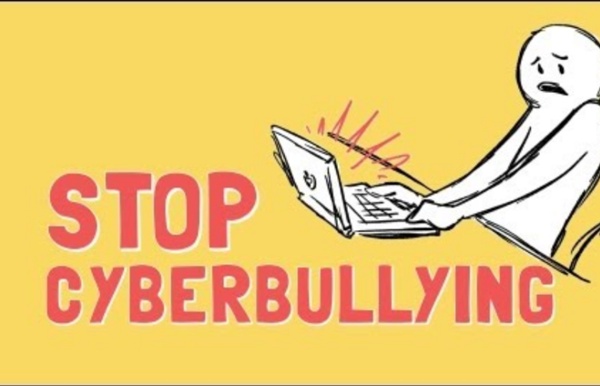



http://www.youtube.com/watch?v=Jwu_7IqWh8Y
Related: social networks • Educating Students: PDF’s, Lessons, Activities, Books, and Videos to use with studentsFuture - Is social media bad for you? The evidence and the unknowns #LikeMinded A special series about social media and well-being This month, BBC Future is exploring social media’s impact on mental health and well-being – and seeking solutions for a happier, healthier experience on these platforms. Stay tuned for more stories, coming soon… Share your tips for a happy life on social media with the hashtag #LikeMinded on Facebook, Twitter and Instagram. This story is featured in BBC Future’s “Best of 2018” collection. Cyberbullying - what it is, how it works and how to understand and deal with cyberbullies what is it? :: how it works :: why cyberbully? :: prevention :: take action :: what's the law? :: stop cyberbullying toolkit :: 2013 Summit Join us for the 2014 StopCyberBullying Youth Summit in New Brunswick on March 22nd, 2014 starting at 8:00am at NBCC Woodstock!
Cyberbullying: What is it and how to stop it 3. Who should I talk to if someone is bullying me online? Why is reporting important? If you think you’re being bullied, the first step is to seek help from someone you trust such as your parents, a close family member or another trusted adult. In your school you can reach out to a counsellor, the sports coach or your favourite teacher. What's the point of Snapchat and how does it work? You've probably heard about Snapchat. It's the popular mobile app that allows you to send videos and pictures, both of which will self destruct after a few seconds of a person viewing them. Snapchat is also a fun messaging app. Tips to Help Stop Cyberbullying Guidance for parents and young people on cyberbullying, including advice for ending (or preventing) the cycle of aggression. For a more comprehensive look, see A Parents’ Guide to Cyberbullying. For kids and teens
Cyberbullying Statistics and Facts for 2020 *This list of cyberbullying statistics from 2018-2021 is regularly updated with the latest facts, figures, and trends. All technology these days produces both good results and notable consequences. The internet is increasingly a perfect case study for this idea. While better connecting the world and democratizing information, the internet has also allowed individuals to hide behind masks of anonymity. This “faceless evil” of the internet is a growing threat for teens, specifically when it comes to cyberbullying.
6 Types of Cyberbullying What Is Cyberbullying? When a young person uses the Internet or technology to harass, threaten, embarrass, or target another person, this person is called a cyberbully.1 Typically, cyberbullying involves tweens and teens; but it's not uncommon for adults to experience cyberbullying and public shaming as well. Compared to traditional bullying, the effects of cyberbullying are often more significant.
Cyberbullying Facts - Cyberbullying Research Center Cyberbullying Facts Summarizing What is Currently Known Over the last decade, we have surveyed nearly 15,000 middle and high school students in ten different studies from over 97 different schools throughout the United States. The first two studies were online exploratory samples used to obtain a general understanding of the problem, so the numbers obtained are higher than average and not representative because they only include online teens who volunteered to participate. Our eight most recent studies, however, have all been random samples of known populations in schools so we can be fairly confident in the reliability and validity of the data obtained (click here for more information about the methodology).
Cyberbullying - National Crime Prevention Council Young people are using the Internet more than ever and most have Internet access from home. For many children, the Internet isn’t simply a convenient way to research or a fun after school activity – it’s a big part of their social life. Emailing and chatting with friends are children’s most common online activities, after studying and playing games. But like in many other social situations, some kids bully other kids online.